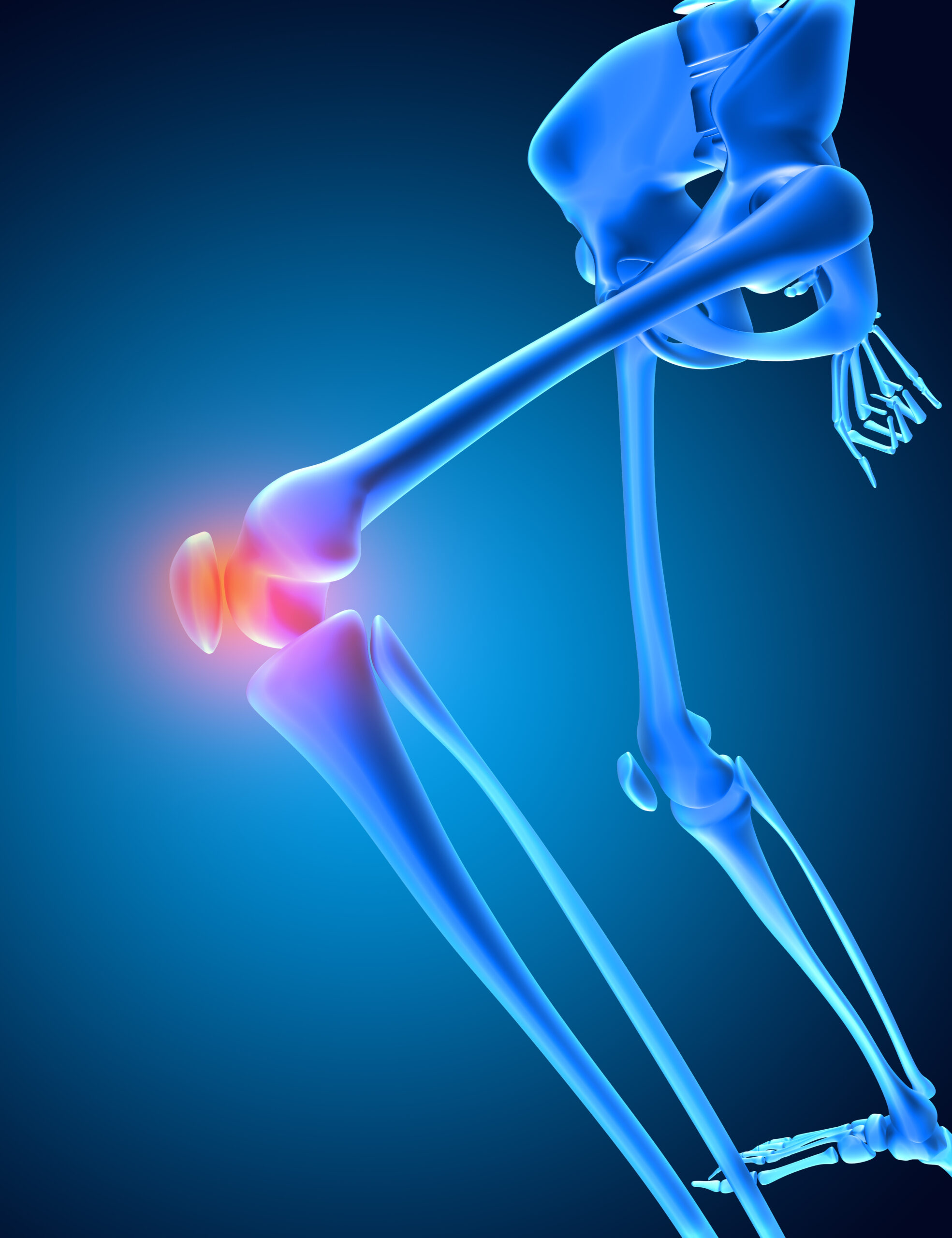Introduction
The Early Iron Age is a pivotal time in human history that signifies the change from the Bronze Age to a time when iron technologies predominated. Beginning in 1500 BC, this era lasted until about 200 BC. Human civilization underwent a radical change when iron replaced bronze as the main component of tools and weapons. Significant economic, technological, and social developments were brought about by the widespread usage of iron, which had an impact on global history.
Transition from Bronze to Iron
Iron ore’s accessibility and availability were the main factors that fueled the Bronze Age’s shift to the Iron Age. Iron was more plentiful and easier to extract from natural deposits than copper and tin, which were needed to make bronze. Iron became a more feasible and reasonably priced material for widespread usage as the smelting and forging processes required for ironworking progressively improved.
| Comparison | Bronze | Iron |
| Primary metal | Bronze | Iron |
| Strength | Relatively soft | Harder and more durable |
| Availability | Limited ( Copper and Tin) | More abundant |
| Weapons & Tools | Less Effective | More efficient and sharper |
| Impact | Restricted use due to cost | Wider accessibility and technological growth |
Compared to bronze, iron has several benefits. It was the perfect material for tools and weapons since it was more accessible, stronger, and more resilient. Economic and military achievements resulted from a wider range of people being able to obtain and use iron due to its cost. Thus, the Iron Age was a period of technological advancement that promoted the growth of new civilizations, enhanced warfare and allowed for the expansion of agriculture.
The Early Iron Age in India
- Although there is evidence that iron smelting may have been conducted as early as 1400 BC, the Iron Age in the Indian subcontinent started around 1200 BC.
- In India, the later Vedic period (1500–500 BC), which saw important political, social, and cultural changes, is intimately linked to the Iron Age.
- Iron tools and weaponry proliferated during this time, supporting military conquests, territory expansion, and agricultural output.
- The Painted Grey Ware (PGW) civilization, which thrived between 1200 and 600 BCE, is one of the most prominent cultural indicators of the Indian Iron Age.
- Fine grey pottery with painted designs is a hallmark of this culture, which is mostly found in the northwest of India and the Gangetic plains.
Technological and Social Developments
In India, the Iron Age was a time of great technological advancement. Iron plows and other farming tools increased farming productivity, which resulted in excess food production and population expansion. The development of urban settlements and trade networks was made easier by this agricultural growth.
| Key Technological Advancements | Impact |
| Iron plowshares | Increased agricultural productivity |
| Iron weapons (swords, spears) | Strengthened military power |
| Iron tools (hammers, saws) | Enhanced craftsmanship and construction |
| Defensive walls & hill forts | Improved security and settlements |
During the Vedic era, the caste system was formalized, dividing society into many groups according to social standing and employment. The effects of this hierarchical system on Indian civilization were long-lasting. New religious and philosophical traditions, such as early Buddhism, Jainism, and Hinduism, also emerged during this time and influenced Indian culture for centuries to come.
Iron Age Tools and Weapons
Despite their simplicity, the Early Iron Age’s tools and weapons were incredibly powerful. Iron axes, hammers, saws, adzes, and chisels were among the most widely used tools for craftsmanship, agriculture, and building.
- Farming was transformed by the invention of iron plowshares, which allowed for deeper tillage and higher crop yields.
- In terms of weapons, fighters began to favor iron swords and spears over their more traditional bronze ones.
- Iron weapons‘ greater strength and edge gave them a competitive edge in battle, which aided in the establishment of strong kingdoms and the enlargement of borders.
- Iron was also utilized to create defensive constructions that provided defense against
- uch as hill forts and fortified walls.
Cultural and Religious Transformations
In India, the Iron Age brought about significant cultural and religious transformations in addition to political and technological breakthroughs. This period saw the composition of the later Vedic literature, such as the Upanishads, which show a change in religious philosophy from ritualistic sacrifice to intellectual reflection.
The rise of Buddhism and Jainism in the latter Iron Age posed a threat to Vedic Brahmanism’s domination. These religious groups impacted Indian culture and governance by addressing spiritual freedom, self-discipline, and non-violence. The subcontinent saw the rise of monastic groups and the dissemination of their ideologies as a result of the general acceptance of Mahavira and Gautama Buddha’s teachings.
The End of the Iron Age in India
In India, the Iron Age is widely seen as having ended around 200 BCE, which corresponds with important historical occurrences like the fall of the Mauryan Empire and the spread of Buddhist influence. With established commercial routes, metropolitan centers, and advanced governmental structures, Indian society had significantly changed by this point. The Iron Age’s imprint persisted in influencing later historical events, such as the emergence of classical Indian civilizations and the advancement of philosophy and science.
A pivotal time in human history, the Early Iron Age was characterized by the emergence of new civilizations, profound social shifts, and the widespread use of iron tools and weapons. The Iron Age significantly influenced religious movements, military tactics, and agricultural methods in India. This era’s technological innovations shaped political systems, economic systems, and cultural customs, laying the groundwork for future development. The Iron Age, a time of significant invention and transformation, continues to be a crucial stage in the development of human civilization.




